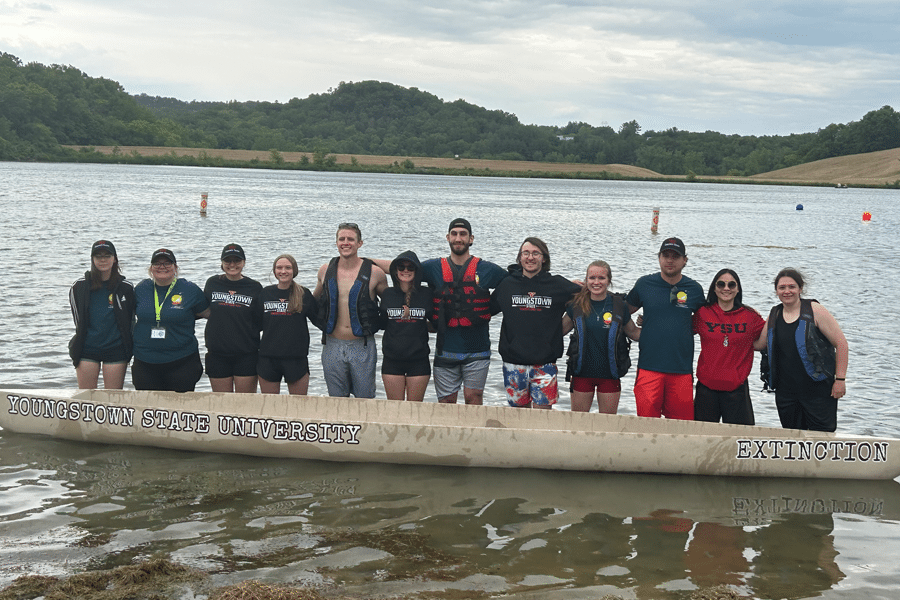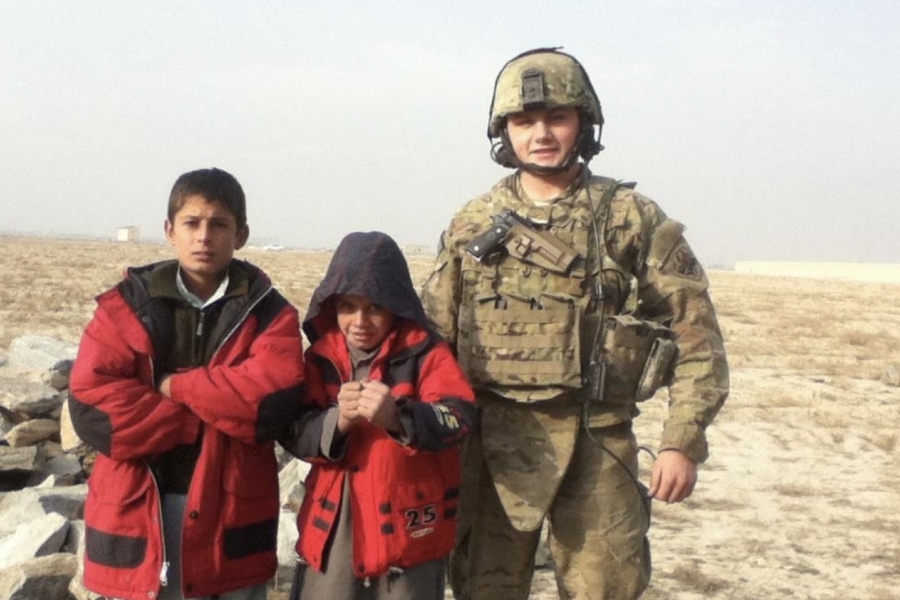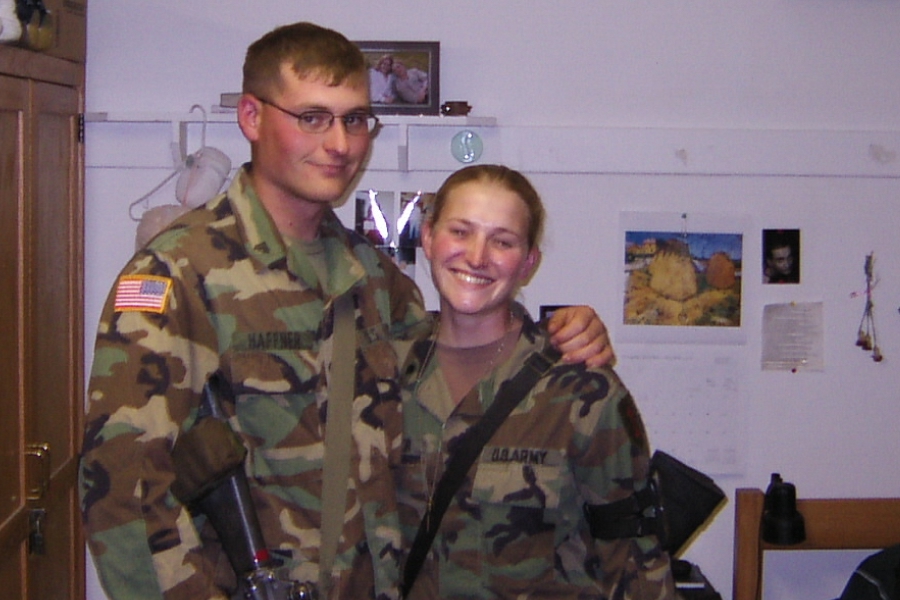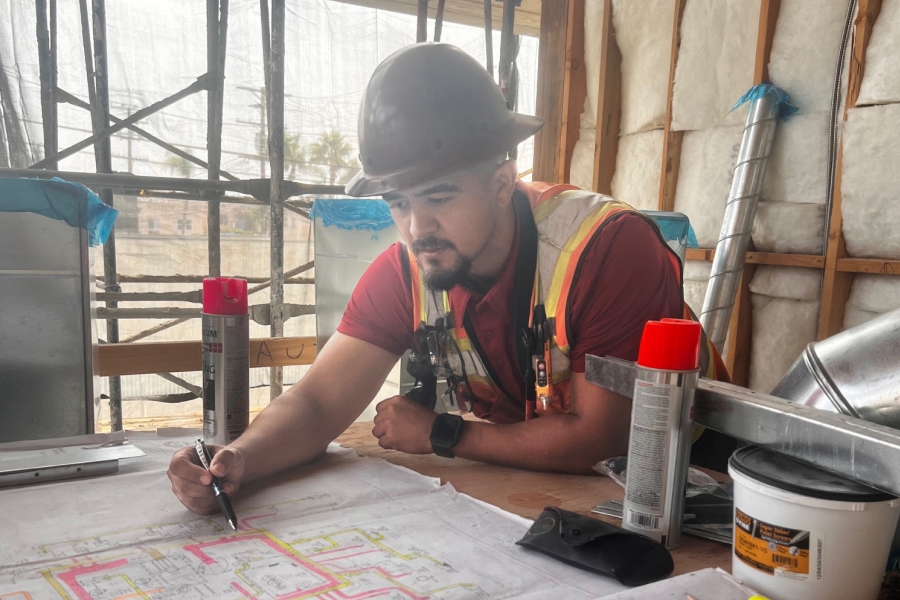In June 2023, the Youngstown State University Concrete Canoe team placed second overall and first in the final “Product Prototype” category at the American Society of Civil Engineers (ASCE) Civil Engineering Student Championships in the national Concrete Canoe Competition. Two of the team’s members, Morgan Scott and Elizabeth Williams, walked Built through what made their Jurassic-themed canoe with a sustainable concrete mix sustainable, as well as their path to the competition.
ASCE, the oldest engineering society in the United States, hosts its annual competition to allow students to gain hands-on experience while testing their practical skills with the concrete mix and project management styles. Students must create teams on campus, develop a project outline, test materials and concrete mixes, hand cast the concrete canoe and then present their findings along with testing the durability of the canoe in front of a panel of judges and peers. This year, Bluebeam had the opportunity to sponsor the competition and witness the hundreds of students who spent the previous nine months crafting canoes.
The Youngstown State University team returned this year prepared with a backlog of concrete recipes from past teams. Each year the process begins with experimentation. The teams spend months testing different concrete mixes that they need to check for both density and sturdiness. This year, however, the teams challenged themselves to think sustainably. The Youngstown team captured the attention of many with its sustainable solution to the development of concrete—a feat that can hopefully be replicated in the field.
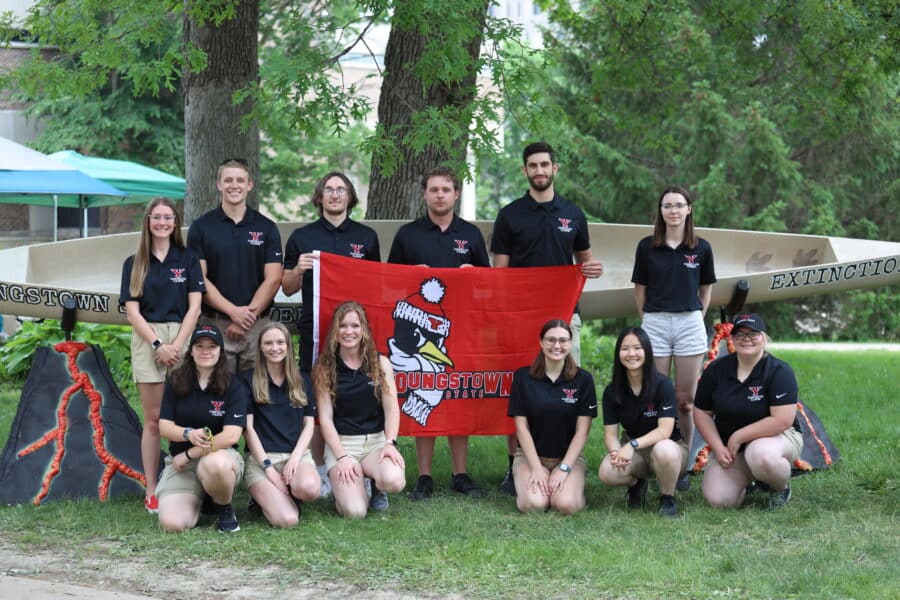
ASCE demands innovative thinking from participants by requiring “pillars of sustainability” within their projects. Students must evaluate how the materials they have sourced and the techniques they use are sustainable from either a social, economic or environmental perspective. This includes a reflection on whether they believe their sustainable practices had a direct or indirect impact on whichever pillar they chose to highlight.
There are few sustainable options when creating concrete. While one of their competitors only used runoff water from melted snow for their mixes, the Youngstown team decided to completely omit the cement from its concrete mix.
Patrick Raistrick, a competition judge, noted the innovative mix the YSU team produced in his notes on the team’s presentation. “This was doctorate level cement research being conducted by a team of undergrads. It was really impressive, and I wanted to know more,” Raistrick said. “In any industry, not just civil engineering, you have periods of innovation where a lot of growth and change happen very quickly.
“Then you have periods of iteration where processes are tweaked to increase performance or to fine-tune certain desirable traits. A concrete mix that is lightweight, strong, aesthetically pleasing and uses no Portland Cement as a binder is a huge innovation and something you should all be very proud of,” he added.
With opportunities like the ASCE Concrete Canoe Competition, students get the chance to apply the skills they learn in the classroom to the real world. Concrete Canoe doesn’t just ask students to fulfill a set list of requirements; it requires them to be innovative with their materials and creative with their designs.
Williams said: “What can we do that’s innovative? What can we do that’s sustainable? What can we do that’s new?” Innovation and sustainability at competitions like the ASCE Concrete Canoe Competition seem to be a passion for participants. The up-and-coming generations consider sustainability as a core aspect of their project models and are experimenting with new materials and techniques to achieve that.
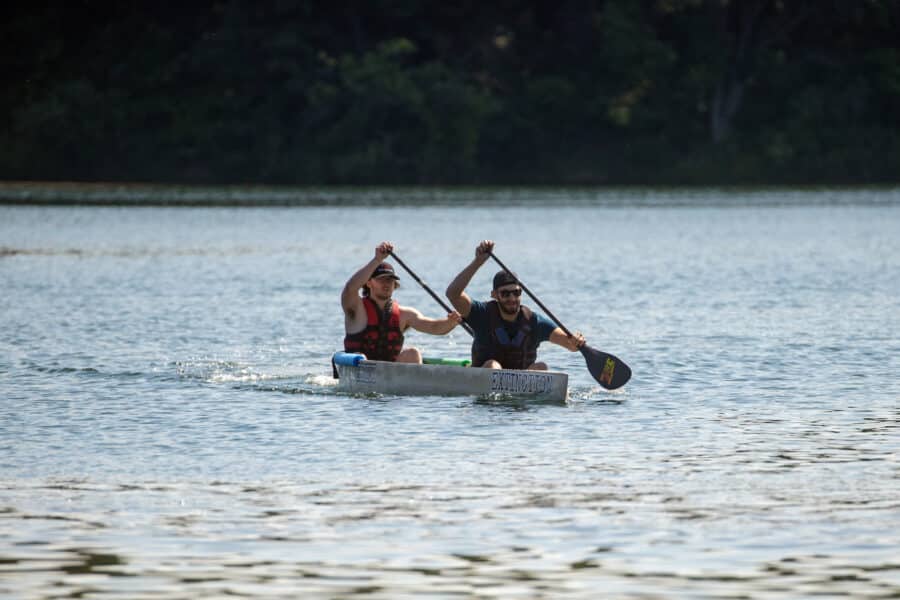
“College teaches you how to think like an engineer,” Scott said. But how do we, as leaders of the industry, guarantee that the upcoming generation of AECO professionals are properly prepared? Opportunities such as the ASCE Concrete Canoe Competition help prepare them by providing hands-on experience and developing soft skills that may be lacking in the classroom.
Williams further spoke about the skills she was surprised to develop from her two years participating in the competition. “Things like presenting, writing a report, speaking in front of judges. Even just trusting my teammates to do things I would’ve wanted to just do on my own,” she said. Leadership, trust and open communication are examples of the skills that students develop in these national competitions.
Another way the YSU team stood out was with its Jurassic-themed canoe design. One member of the YSU team came forward with the design concept: meteorites and dinosaurs, connecting the extinction of the dinosaurs to the extinction of the cement in their concrete mix. This gave the team an opportunity to get creative with its work—something each of the members really seemed to cherish, according to Williams. ASCE has already begun its application process for the 2024 competition, which will also be the last year for Williams and Scott. We don’t know what sustainable breakthrough will come next, but we can rest assured that the future of innovation and sustainability in the AECO fields is in good hands.

